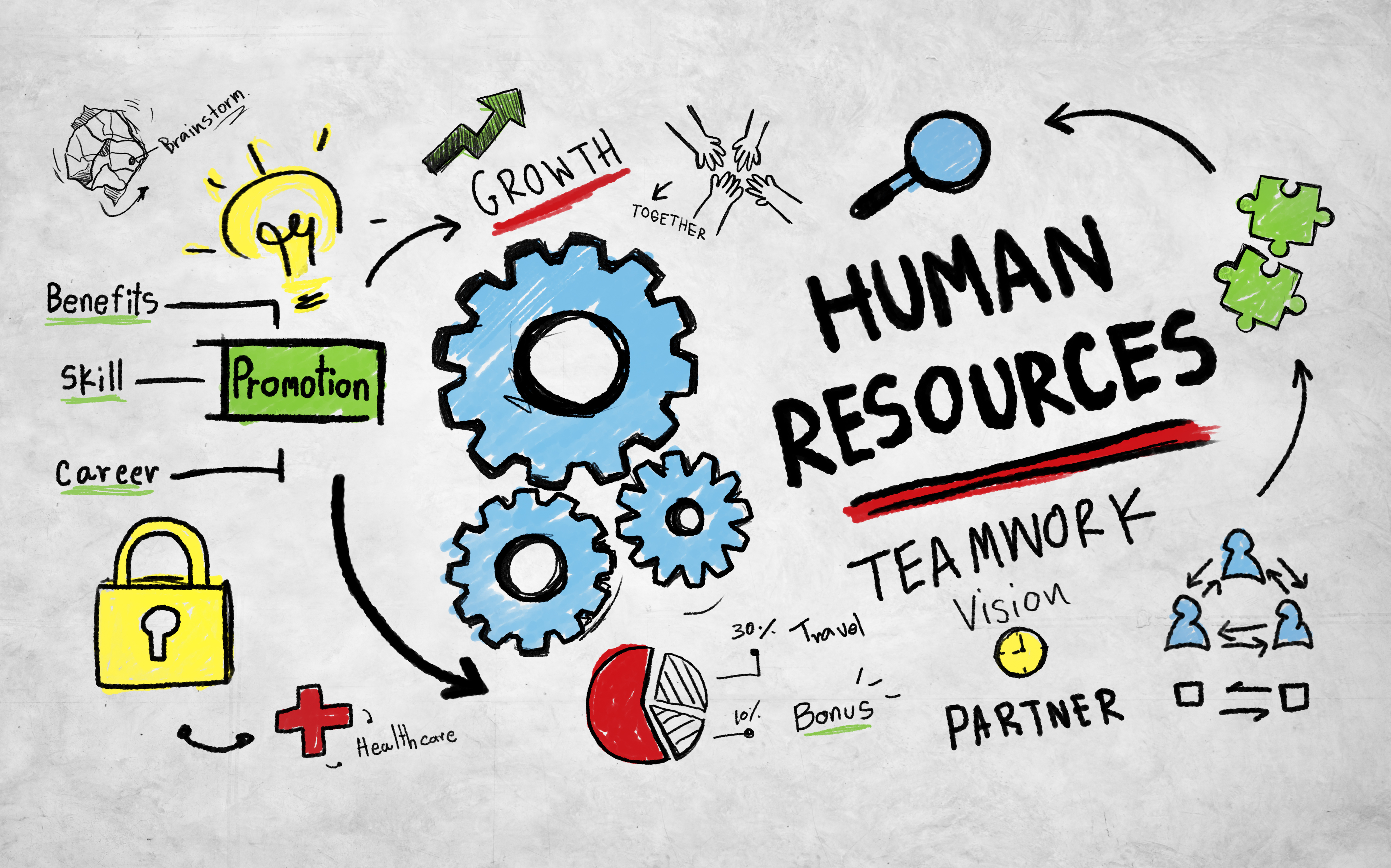HRM and Payroll

The term HRMS is sometimes used synonymously with HRIS (Human Resource Information System), but a HRIS is really a type of HRMS. Functionally, however, there is no real difference in the type of systems offered going by one title or the other. At one time, a HRMS was a more complete automated solution to human resources management than software labeled as HRIS or even HCM, but rebranding by many companies has worked to make the different software titles generally indistinguishable.
Selecting a HRMS to handle HR activities is a trademark of the modern company, there are few successful companies in any industry that do not have some sort of automation in place for HR tasks at this juncture. Mobile accessibility has further worked to transform the landscape of HR, putting information and task management at the fingertips of employees and managers. HRMS has helped to effectively break down bureaucracy and “flatten” many organizations.
Functions of Arvive HR / Payroll System
The function of the human resources department involves tracking employee histories, skills, abilities, salaries, and accomplishments. Replacing certain processes with various levels of HRMS systems can distribute information management responsibilities so that the bulk of information gathering is not delegated strictly to HR. By allowing employees to update personal information and perform other tasks, information is kept more accurate and HR professionals are not bogged down.
Each module performs a separate function within the HRMS that helps with information gathering or tracking. HRMS modules can assist with:
- Managing payroll
- Recruitment and on-boarding
- Gathering, storing, and accessing employee information
- Keeping attendance records and tracking absenteeism
- Performance evaluation
- Benefits administration
- Learning management
- Employee self-service
- Employee scheduling
- Analytics and informed decision making
